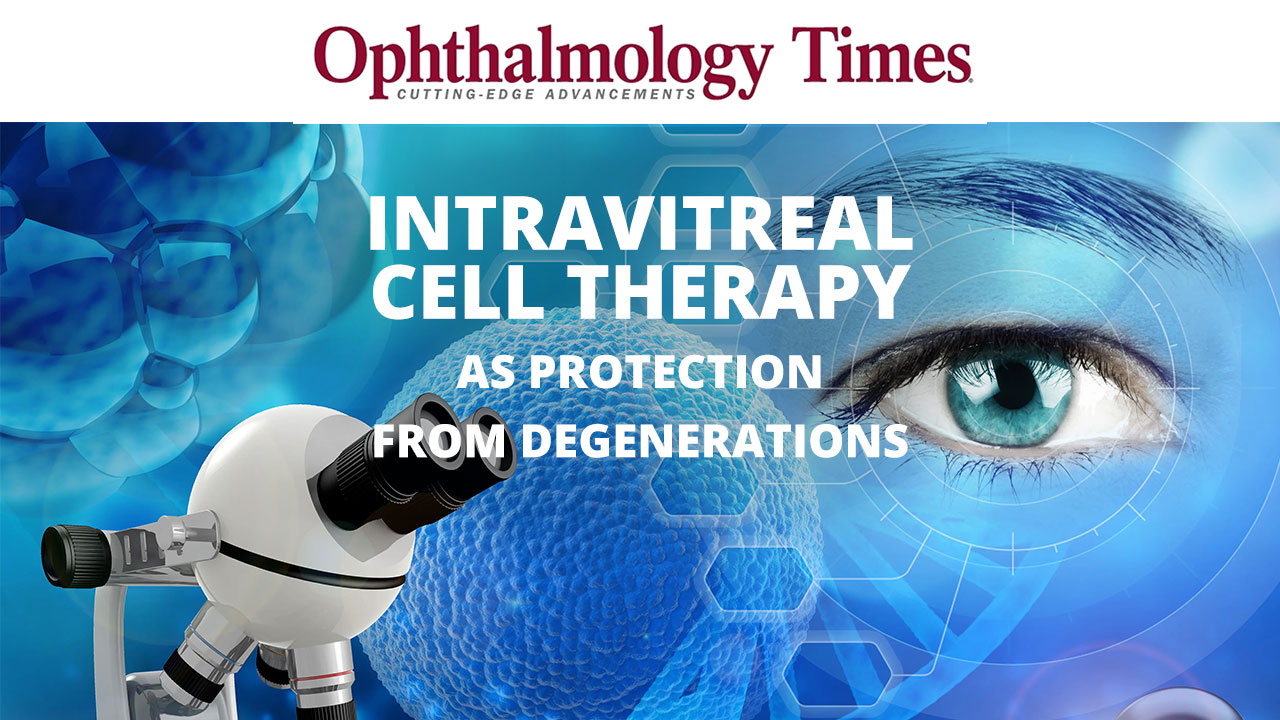A terapia celular surge como uma promissora estratégia de tratamento, conforme pesquisa publicada na Ophthalmology Times Europe. Uma pesquisa inovadora publicada recentemente na renomada revista Ophthalmology Times Europe, realizada pela Dra. Fernanda Soubhia, presidente da Unioftal Oftalmologia e Plástica Ocular, e pelo Dr. Idiberto José Zotarelli Filho, professor e coordenador científico da Associação Brasileira de […]
Leia Mais +Endereço: Rua Dr. Antônio Bahia Monteiro, 465, Sala 226 - São José do Rio Preto - SP, Brasil
Das 8h às 18h
- Início
- Notícias
Notícias Unioftal: Artigos, informações e estudos
Notícias Unioftal: Artigos, informações e estudos
Ferrara ring and the nomogram as the main strategy for correcting keratoconus: a systematic review of clinical findings
In the setting of corneal ectasias, keratoconus (KC) is a bilateral and asymmetrical disease that results in progressive thinning and tilting of the cornea, leading to irregular astigmatism and decreased visual acuity. The condition affects all ethnicities and both sexes. KC prevalence and incidence rates are close to between 0.2 and 4790 per 100,000 people […]
Leia Mais +Major clinical findings of cellular therapy for intravitreal use in ischemic retinopathy and macular degeneration: a systematic review
In the scenario of eye diseases, diabetic retinopathy and retinal vein occlusion are the two most common ischemic retinopathies in the world. Ischemia is caused by retinal vascular diseases due to decreased blood perfusion and the appearance of areas of retinal non-perfusion. Also, age-related macular degeneration (AMD) is the most common cause of irreversible vision […]
Leia Mais +Clinical evidence and diagnosis of temporal arteritis: a concise systematic review
Temporal arteritis (TA), or giant cell arteritis, is a systemic autoimmune vasculitis that affects patients over 50 years of age. Temporal artery biopsy is considered the gold standard for diagnosis, although it has low sensitivity. It was shown that TA can lead to irreversible blindness in about 20% of untreated cases. Objective: A concise systematic […]
Leia Mais +Alopecia for men and women represents a significant problem worldwide, with around 600,000 hair restoration surgical procedures performed worldwide each year.
Phacoemulsification (PE) cataract surgery is the gold standard in ophthalmology, being effective in improving vision in more than 90.0% of patients. Thus, the use of platelet-rich plasma (PRP) in regenerative medicine has been investigated for the treatment of alopecia. Objective: We performed a concise systematic review of the main clinical findings of the use of […]
Leia Mais +Phacoemulsification associated with loss of endothelial cells in cataract surgery: a systematic review of main surgical techniques
Phacoemulsification (PE) cataract surgery is the gold standard in ophthalmology, being effective in improving vision in more than 90.0% of patients. Introduction: In this context, authors found that PE was associated with 16.67% of endothelial cell loss, which correlated with the degree of trauma during surgery. Endothelial changes are considered an important parameter for assessing […]
Leia Mais +Major clinical evidence of the optimization of the use of CO2 fractional ablative laser with cells and molecules: a systematic review
Ablative fractional CO2 laser skin resurfacing describes the process of removing the superficial epidermal and dermal layers of the skin to reduce the cutaneous signs of photoaging. The clinical efficacy and safety of exosomes, adipose tissue stem cells, platelet-rich plasma, and resveratrol as adjuvant therapy after ablative fractional CO2 laser application are evidenced by the […]
Leia Mais +Gut-Skin axis and healthy skin: a systematic review
The skin has a multifactorial aging process, both by intrinsic and extrinsic predictors. Skin diseases contributed almost 2.0% to the global burden of 308 diseases and injuries in recent years. The role of the gut microbiota (GM) in human aging is important. GM directly affects aging through the gastrointestinal system. The microbial impact on the […]
Leia Mais +Use of ablative fractional CO2 laser in facial rejuvenation: a prospective observational cohort study
Over the years, techniques for treating facial aging have evolved, with oral, antioxidant, and nutritional treatments, topical cosmeceuticals, peelings, and technologies such as radiofrequency, infrared, intense pulsed light, and lasers. Currently, among the lasers used for rejuvenation, there are ablative and non-ablative ones. Objective: To show the effectiveness of ablative fractional CO2 laser in facial […]
Leia Mais +Clinical evidence of bio-stimulators for cervicofacial liposculpture: a systematic review
In the liposculpture scenario, and at the cellular and molecular level, tissue engineering has numerous advantages that meet the needs of the injured tissue or organ for the regeneration process or fillings and contours. Biological microenvironments enable cell recognition and signaling cascades for neovascularization and stabilization of fat grafting. Objective: A concise systematic review was […]
Leia Mais +

